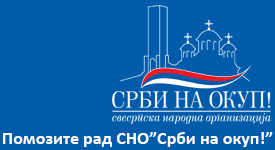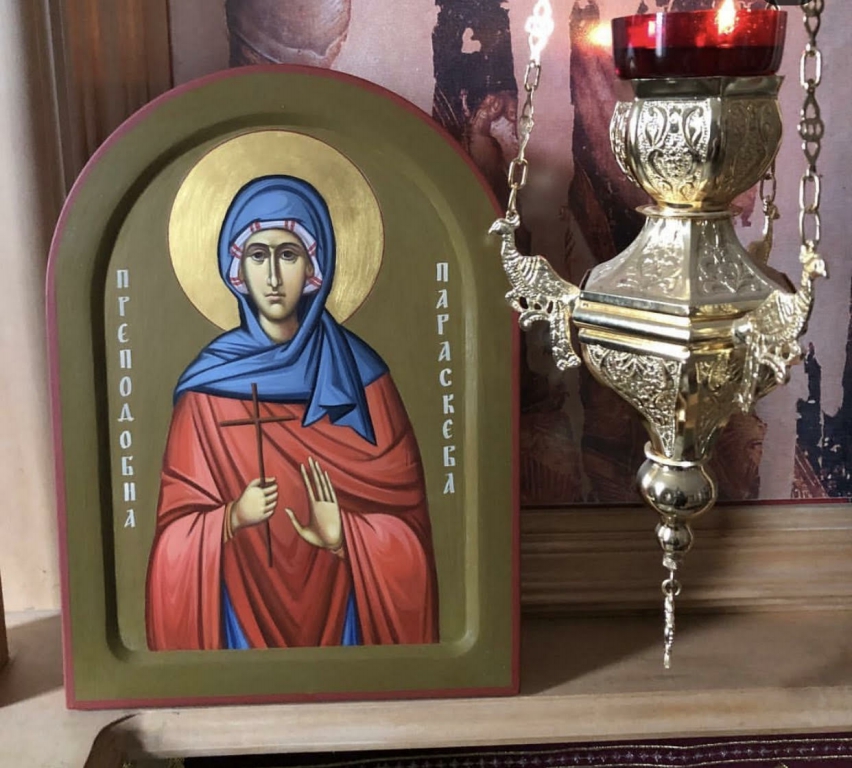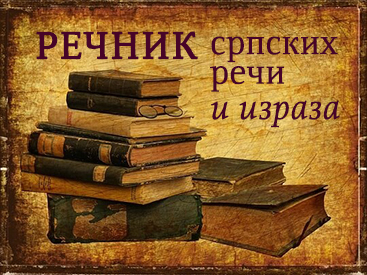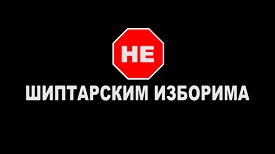KFOR mission in Kosovo: Serbs out? Interview with priest-monk Father Ksenofont from the Orthodox eparchy of Raska-Prizren in exile in Kosovo (audio)
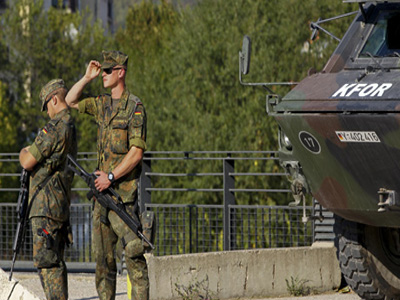 У наставку доносимо интервју који су урадили новинари Гласа Русије на енглеском језику са јеромонахом Ксенофонтом из ЕРП и КМ у егзилу
У наставку доносимо интервју који су урадили новинари Гласа Русије на енглеском језику са јеромонахом Ксенофонтом из ЕРП и КМ у егзилу
Regarding the events of last Friday and over the weekend in Northern Kosovo, what has the church done to help the victims of violence?
Well, I can talk as a priest-monk of the diocese of Raska-Prizren, not from the standpoint of the whole church. Unfortunately, the events that we’ve seen last couple of days are not surprising because it’s just continuation of the politics of the so-called International Community led by NATO in Kosovo fighting for enabling functionality of independent Kosovo. Although the mandate from the very beginning established substantial autonomy of Kosovo, Serbia, from the very beginning they did a big job of helping national minority in Kosovo, separating Kosovo from the rest of Serbia. The small part of Northern Kosovo still combat in accordance to the resolution from 44 not allowing the Albanian to engulf them and to ethnically cleanse even these last parts of Kosovo. You shouldn’t forget that in Northern Kosovo there is a number of Albanians, Serbs and other ethnic minorities. And KFOR puts itself in the role of helping Albanians in doing that.
{mp3remote}http://m.ruvr.ru/data/2012/06/06/1292693494/120604_Ksenofant%2520Kosovo%2520ready.mp3{/mp3remote}
In this regard you said that they’re more or less involved in ethnic cleansing in Kosovo?
Well, yes, the mission of KFOR in Kosovo, the mission of international organizations in Kosovo was to establish a peaceful environment. Unfortunately, the whole Kosovo has been ethnically cleansed from Serbs. And today – that’s a paradox – nobody poses the question: why Kosovo has been almost totally cleansed from Serbs? In every city in Kosovo you will find handful of Serbs only living in some enclaves.
They’re all in ghettos, you say?
Most of the Serbs from Kosovo have gone to the rest of Serbia. There are some enclaves in Kosovo, some Serbian villages where still Serbs live. The Serbs are some 130 to 150 thousand. For example, I’m one of the people living in the enclaves here with the people in the village called Brezovica.
Can you give is a little bit of the history of the Orthodox Church in exile of Raska-Prizren?
I don’t know how much your listeners are in course of the history of Kosovo itself, the history of the Serbian Orthodox Church in Kosovo, especially in the last decade or two. But many of them certainly have heard the name of bishop Artemije who was the diocesan bishop in Raska-Prizren. He was a remarkable man who in the last two decades managed to make real Renaissance revival of the monastic and spiritual life in Kosovo. There were more monks and nuns in his dioceses few years ago than in the rest Serbian Orthodox Church. On the other hand, bishop Artemije was a very principal man concerning the teaching of the Orthodox Church which somehow in the last years was very much compromised by the influence of the ecumunism. Bishop fought against that. On the other hand he was a defender of the protection of international law in Kosovo. Unfortunately, the developments in Serbia last years that we have been witnessing, that regime in Serbia led by Democratic Party and the President was very much inclined to accept many of the blackmails coming from the Western countries. Bishop Artemije was critic of that politics. In 2010 unfortunately some parts of the Serbian Orthodox Church accepted the fact that bishop Artemije represents a very big obstacle to the ideas of finally realizing Kosovo independence. They removed bishop Artemije from Kosovo and financial problems within the dioceses were found. I must emphasize that today these financial accusations haven’t been proven although they have been in the court for the last two years. Bishop Artemije removed from his post, many of us decided to follow bishop in his spiritual exile opposing ourselves to this injustice and raising our voice. Many of the Serbs in Serbia – and day by day even more – just course of bishop Artemije.
What percentage of the population in Serbia and in Kosovo are followers of the Orthodox Church?
I would say some 80%. Kosovo itself represents part of Serbia with a number of medieval monasteries and churches. In Medieval Times Kosovo was the center of Serbian state and we have to mention that since the arrival of international so-called Peace Forces to Kosovo we had more than 150 churches destroyed. One third of these churches and monasteries are medieval monuments, some of them even jewels of medieval Serbian Orthodox architecture.
The Serbian Orthodox Church is the second Orthodox Church in the world and holds many Christian relics including, I believe, the right hand of John the Baptist.
Yes, the hand of John the Baptist is kept in the diocese of Montenegro and there are many others of course. Serbian Orthodox Church has a very old history and very rich spirituality. This is exactly the reason why we have to fight and offer everything, including our lives.
Извор: Глас Русије
